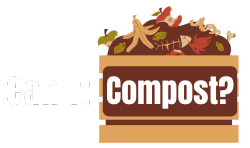Can I Compost Paper Plates?
Paper plates are generally compostable, but their composition and potential contaminants require careful handling for successful decomposition.


Sourced & Cited
Paper plates are a common household item, and whether or not they belong in your compost bin depends on a few factors. Let's look at what makes them compostable, and how to compost them safely. This will ensure your compost is productive and free of unwanted issues.
Compost Classification
Brown (Carbon-rich): Paper plates are primarily composed of cellulose fibers, a dry material providing crucial carbon for balanced composting. Their relatively low moisture content contributes to a slower decomposition rate compared to green materials.
🏷️ Tags
Important characteristics to know about this item:
Breaks Down Slowly Use in Moderation Pest Attraction Risk
⚠️ Potential Risks
- Attracting pests if not properly managed within the compost pile.
- Potential for slow decomposition if not properly shredded or broken down.
- Risk of contamination if the plates have come into contact with diseased plants or food.
💡 Best Practices
- Tear or cut the plates into smaller pieces (approximately 1-2 inch squares) to increase surface area and accelerate decomposition.
- Mix the shredded plates thoroughly with other brown and green materials in your compost pile to maintain a balanced carbon-to-nitrogen ratio.
- Bury the plates deeper within the pile to reduce pest attraction and ensure proper breakdown.
- Monitor the moisture level of your compost to prevent dryness, which can hinder decomposition.
